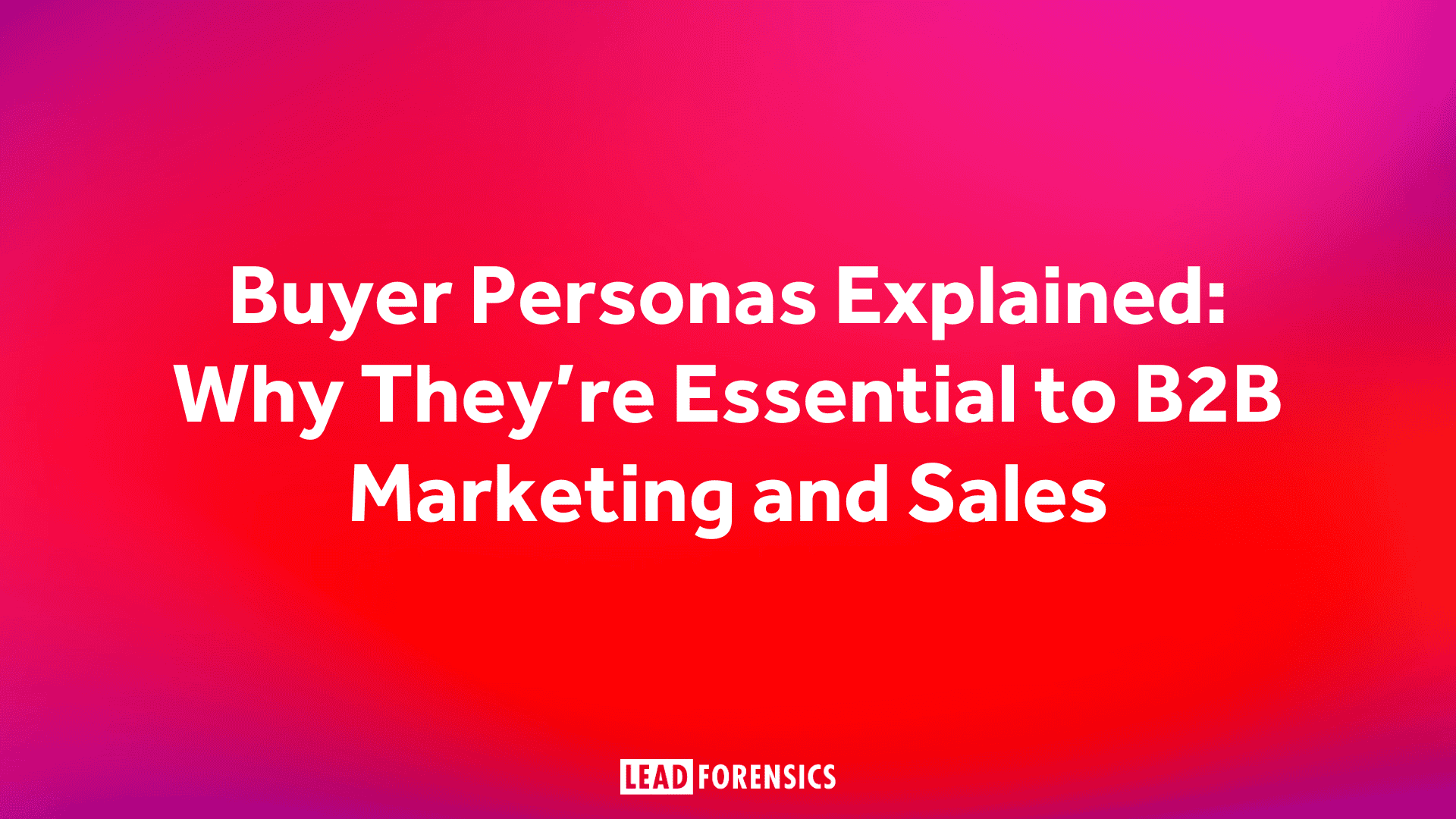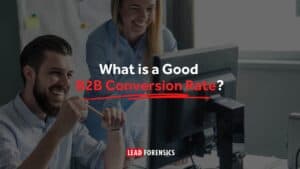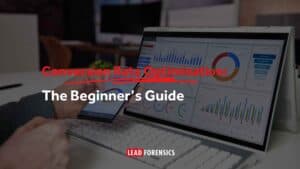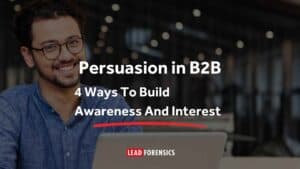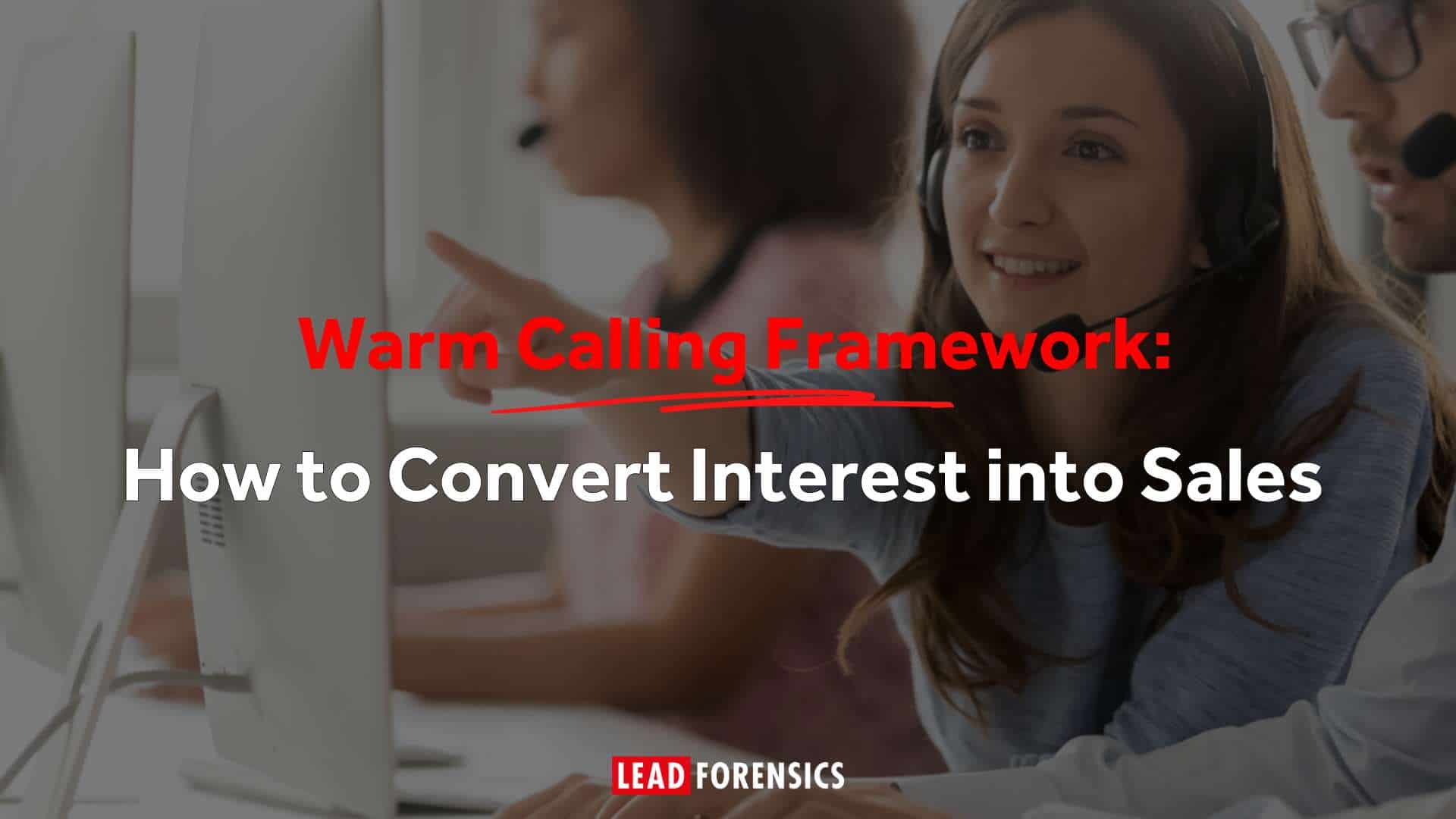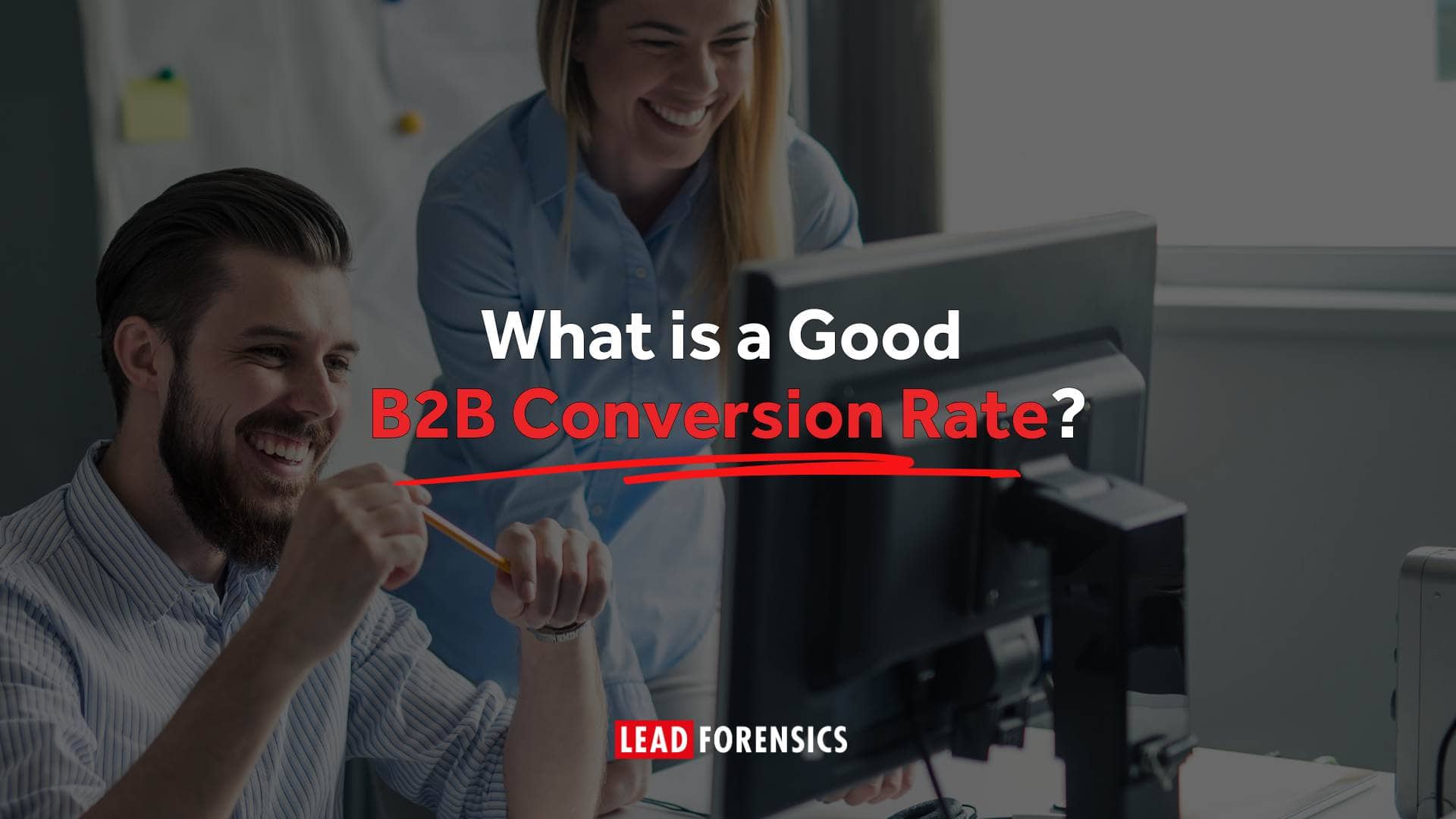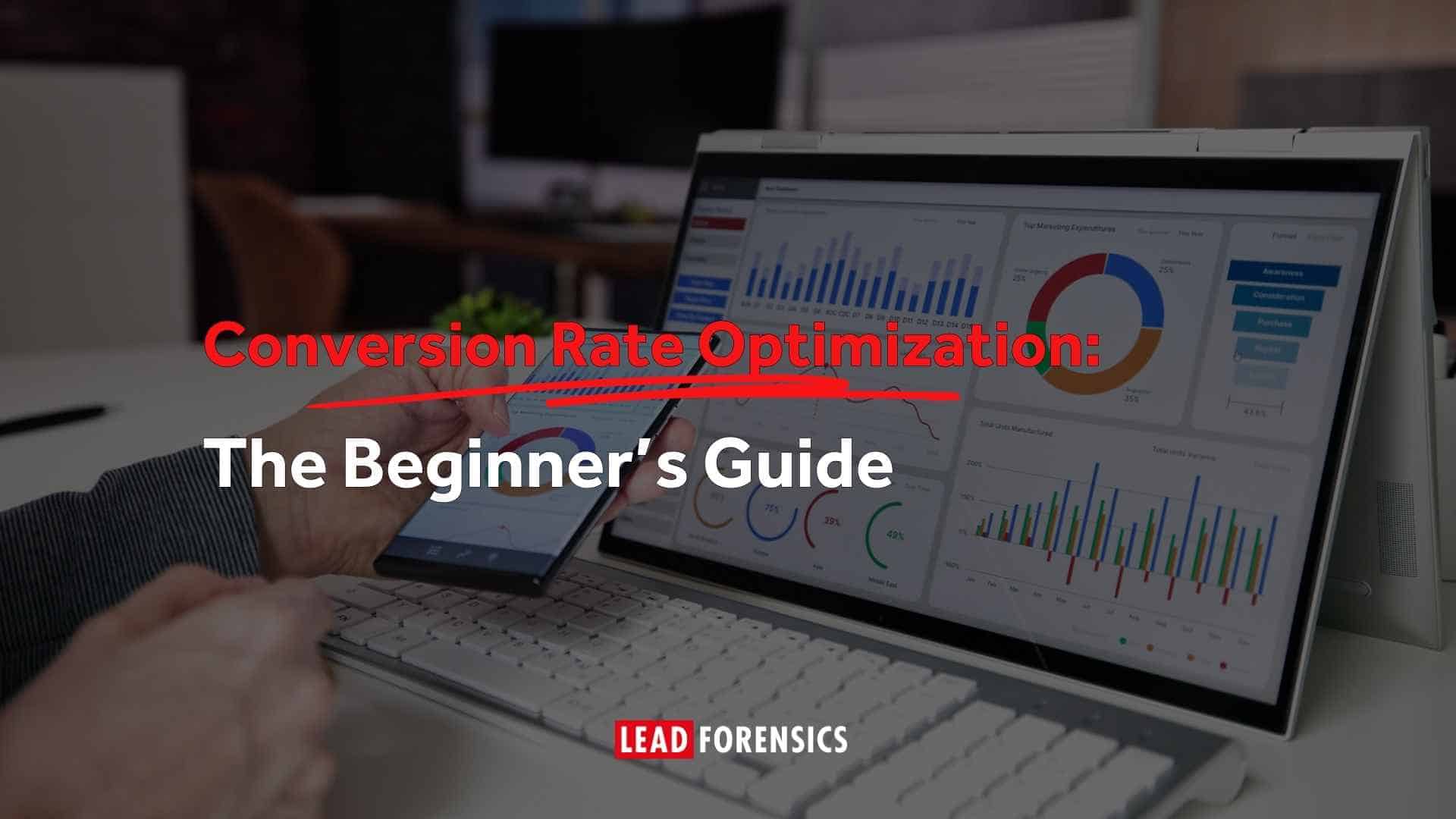They can drive more website traffic, increase email activity, help lead generation, and ultimately produce more revenue; almost 80% of the B2B organizations who exceeded their revenue targets last year have buyer personas in action! Whether you’re familiar with buyer personas, or this is the first time you’ve encountered them, let’s look at the whats, whys and hows…
What is a Buyer Persona?
As a concept, buyer personas are fairly simple, but their ability to benefit a B2B organization is huge, and their applications are both obvious and surprising. A buyer persona is essentially your ideal buyer. It’s a description of all the variables that build your ideal lead, prospect and client. They’re in the right industry, with the right job title, the appropriate budget and a problem you can definitely fix. Some B2B organizations sell a very specific solution for niche businesses, such as equipment for brewing beer, or software for recruitment organizations, and other sell solutions that have a much broader audience, such as office equipment, printed media or our own lead generation solution. Because of this, some organizations have a very clear cut buyer persona they find simple to create, and others have multiple personas, often industry-specific, as they cater to a large audience.

The important thing to remember is not to get bogged down in unnecessary detail -Gary who has two kids and drives an Audi is of no value to you; a senior decision-maker struggling to meet revenue targets due to a lack of appropriate resources, however, is. Always keep the focus on buyer behaviors – using your persona to help you predict buyer movement and tendencies, instead of utilizing it to focus on “getting to know them”.
How Do You Create a Buyer Persona?
Make sure you’ve gathered a voice from each department – as they’ll all have different outlooks and require different things from their ideal buyer. Those in marketing and sales will have different requirements to those in retention and credit control. Then open up the discussion…
Start On the Big Picture Factors
Start large. What industry/ies are they in? What country/s are they from? What size business? What annual turn-over? What growth rate? What’s their seniority? What problems/requirements do they need/have that would allow them to invest in your solution? These broader factors tell you several key things – firstly, can you get them all into one persona? If you have loads of industries or plenty of use cases, you may struggle, so categorize them as best you can.

Also, allow for brackets – factors such as business size, for example, can be a large range – 10-1000 head-count, if it gives a figure you can utilize, the numbers can be any! These big factors tell you the overall facts, so you can do some broad analysis. “Our desired audience stems from X industry, so let’s not invest in that advert aimed at the Y industry”. You will already start to pick up on places you could be more effective – you might even discover some things you didn’t even know before!
Then Go Into Finer Detail
Get specific, and close in what’s needed for your sales process to run smoothly. What’s their job title? Are they the main decision-maker? What’s their budget? What’s their timescale? What hours do they work? What’s their preferred method of contact? Go as deep as you like – the more detail the better! Of course, you’ll never find the perfect prospect that matches all these factors exactly, but knowing the finer details helps you take the best actions in tracking them down. Look at it like fishing – if you know your ideal fish likes a specific sort of bait, offered to them in a certain way you know how to prepare your rod before casting it out blindly into the river. You’ll still catch fish, but you stand a better chance of catching the perfect one.

Once your buyer personas are all agreed, then you can start putting them into action across your departments. The sooner you do this the better, then you’ll see the holes your buyer personas can’t fill and come back to update them. It’s important to re-convene together regularly to check up on your buyer personas; with changes in technology, and product advancements, things will undoubtedly change, so audit personas regularly.
How To Use a B2B Buyer Persona…
Though these personas are useful across the entire organization, we’re going to focus in on B2B marketing and sales to know where the buyer persona can improve performance…
In Marketing
In every channel of marketing, you should look to your buyer persona before making any decisions. Use the persona to guide what content you create, what events you attend and what keywords you choose for SEO. The buyer persona allows you to put yourself easily into the buyer’s shoes, and know what process they’ll take. Use your persona to understand how your buyers want to encounter your brand, what they want to learn when researching and how they want to sign up for more.

When you’re using multiple personas, broaden your options – look to your email marketing and segment your data by industry, so you can personalize the email copy. Create more content for different audiences, then approach various distributors with industry focus to share them appropriately. The options are endless – but by driving decisions (especially big investments) with your buyer persona, you’ll see more success. 82% of B2B marketers using buyer personas have been able to create a clearer proposal that better shows the value of their product to their audience, increasing lead generation and lead quality by over 50%.
In Sales
Now you know who your ideal buyer is, you can plan a sales strategy and process that matches their preferences. Obviously budget and time – will never be perfect, but you know much better what they specifically want from your product, and how you can mold it to fit their needs; not just those in their businesses, but those needs that span the whole industry. You’ll know what questions to ask to appropriately qualify leads, and you’ll also have an inkling of what challenges prospects will pose, so you can think of solutions in advance – and even better, you’ll know what targets to set. If you discover your ideal buyer has a time-frame of 90 days per sale, then you can realistically build targets across this time scale. This not only helps you predict your ideal revenue takings but also points towards the achievable growth your business can see year-on-year! The insight gained, is simply huge.

Still unsure where to start with buyer personas? Lead Forensics can help. Our market-leading software can identify your anonymous business website visitors, and provide information surrounding the business’s location and contact details, a break-down of their visit to your site and overall website analytics based on your most engaged audiences. This not only allows you to generate plenty of high-quality leads you can follow up instantly, but also gives you huge insight into your ideal buyers, and how they currently interact with your brand.
Try Lead Forensics Today! https://www.leadforensics.com/uncategorized/11-benefits-of-lead-forensics-ip-tracking-software/v


